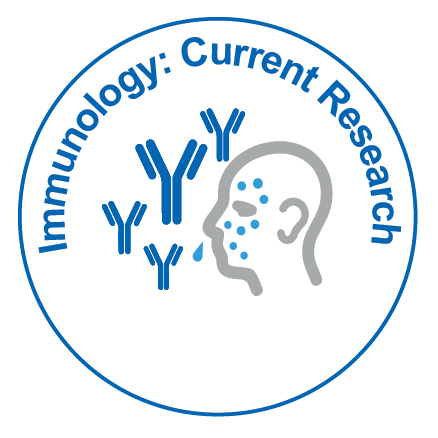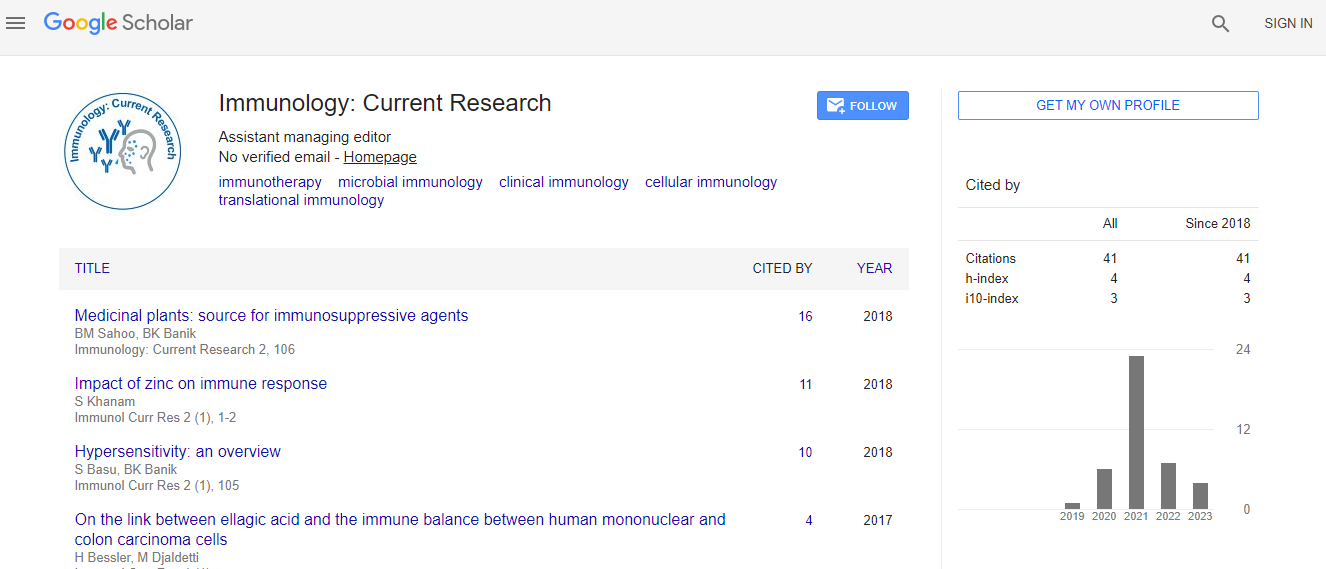The Role of Innate Immunity in Pathogen Defense: Insights into Pattern Recognition Receptors and Their Activation
*Corresponding Author:Received Date: Jan 01, 2025 / Accepted Date: Jan 31, 2025 / Published Date: Jan 31, 2025
Citation: Reingchi J (2025) The Role of Innate Immunity in Pathogen Defense:Insights into Pattern Recognition Receptors and Their Activation. Immunol CurrRes, 9: 244.DOI: 10.4172/icr.1000244
Copyright: © 2025 Reingchi J. This is an open-access article distributed underthe terms of the Creative Commons Attribution License, which permits unrestricteduse, distribution, and reproduction in any medium, provided the original author andsource are credited.
Abstract
Innate immunity represents the body’s first line of defense against pathogens, involving a complex network of
immune cells, molecules, and receptors. Pattern recognition receptors (PRRs) play a crucial role in recognizing
pathogen-associated molecular patterns (PAMPs) and damage-associated molecular patterns (DAMPs), initiating
the immune response. These receptors, including Toll-like receptors (TLRs), NOD-like receptors (NLRs), and RIGI-like receptors (RLRs), are expressed on various immune cells such as macrophages, dendritic cells, and epithelial
cells. Upon recognition of PAMPs or DAMPs, PRRs trigger intracellular signaling cascades that lead to the activation
of pro-inflammatory cytokines, interferons, and antimicrobial peptides, orchestrating the innate immune response.
Dysregulation of PRR activation is associated with a wide range of infectious, autoimmune, and inflammatory
diseases. This review explores the role of PRRs in pathogen defense, detailing their mechanisms of activation and their
contribution to immune responses. Understanding these pathways provides insights into novel therapeutic strategies
for modulating innate immunity in the context of infection and disease.

 Spanish
Spanish  Chinese
Chinese  Russian
Russian  German
German  French
French  Japanese
Japanese  Portuguese
Portuguese  Hindi
Hindi 
